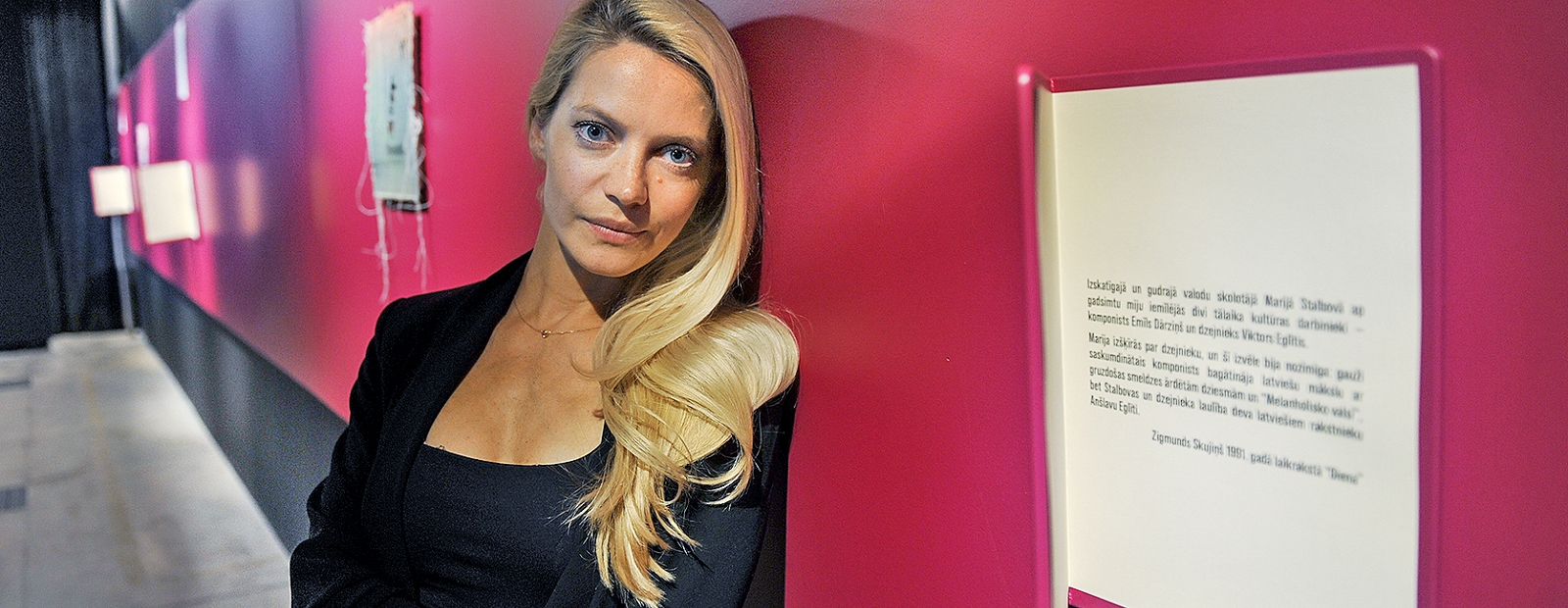“This project is very mature. When the pandemic started, there was more time that I could devote to books. I had two books in front of me about the composer Emīlas Dārziņas. When I read Zane Gailītes Throwing the moon, string of the sun: Emīls Dārziņš and Maya Shirts the melancholy waltz, they caught me so much! There were so many emotions while reading the books – I felt sorry for the young man, I sympathized with him, he fascinated me with his personality, but at the same time many things annoyed me. I thought: if I met him now, would we have anything to talk about? And it all came together just like such scenes before the mind, before the eyes,” says choreographer Liene Grava passionately about the idea of using Dārzis’s tragic story in a creative project. She told her fellow dancer Artūrs Nīgal about the idea.
“We decided to try to put emotions into the language of dance, without even thinking that a show could be made,” adds Liene Grava. However, random meetings, conversations, and director Roberts Rubīns became interested in the idea. Then the next step is to attract music reviewer Orestas Silabriedi. Together, they came up with the idea of a multimedia exhibition that tells the story of a composer whose beloved melodies and tragic life have always provoked reflection on how a creative spirit can live with its identity and how the choices made by a person affect the course of his life.
in the Riga art space in the seven rooms created by scenographer Ieva Kauliņa, artworks made in the original technique of artist Kristina Rubīnes are exhibited. She has chosen to use the weaving technique as a guiding motif. Space, landscapes and sea views create moods, while the relationship between the photographs and the weaves, which are revealed and untied, give a subtle hint about the twists and turns of events in Emīls Dārziņš’s life.
The audience will be able to read quotations from periodicals, hear fragments of music, a poem, a video by Emīlas Dārziņas and see a significant painting by Emīlija Gruzīte. “There is information about the personality of Emīlas Dārzis. And it leads to the performance section, where Artūrs Nīgalis dances emotions,” says Liene Grava. She agrees that for most, the name Dārziņas is unequivocally associated with the melancholy waltz, but Orests Silabriedis invited to focus on the opera started by the composer Rosy days. “We asked ourselves the question – would Emīls Dārziņš, if he had not died at such a young age, finish this opera? And would it result in success?” Exhibition
in the Riga art space can be seen until August 21, but the dance performance will take place on July 28, August 10 and 11. The original music for the show was composed by an electronic music author Oyaarss and guitarist Mārcis Auziņš.
–

